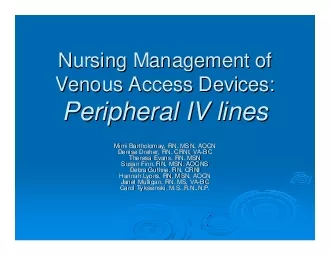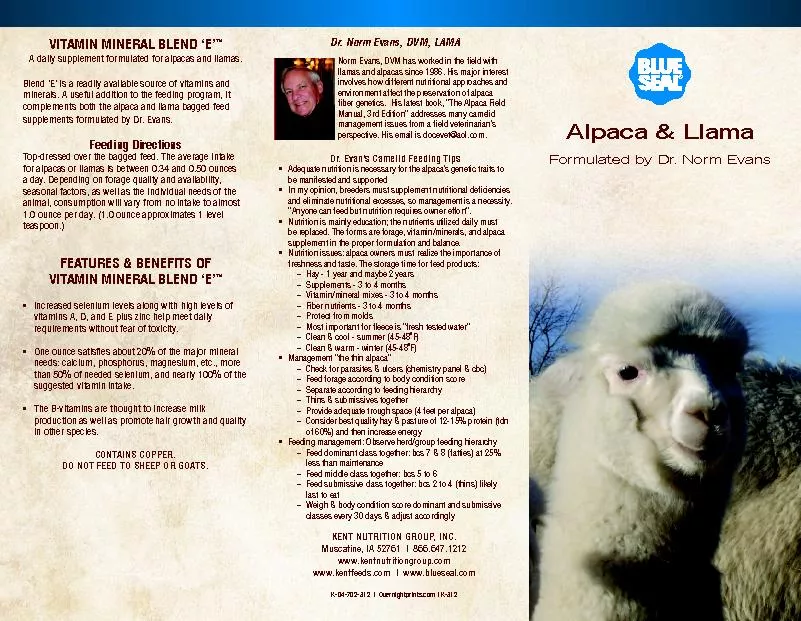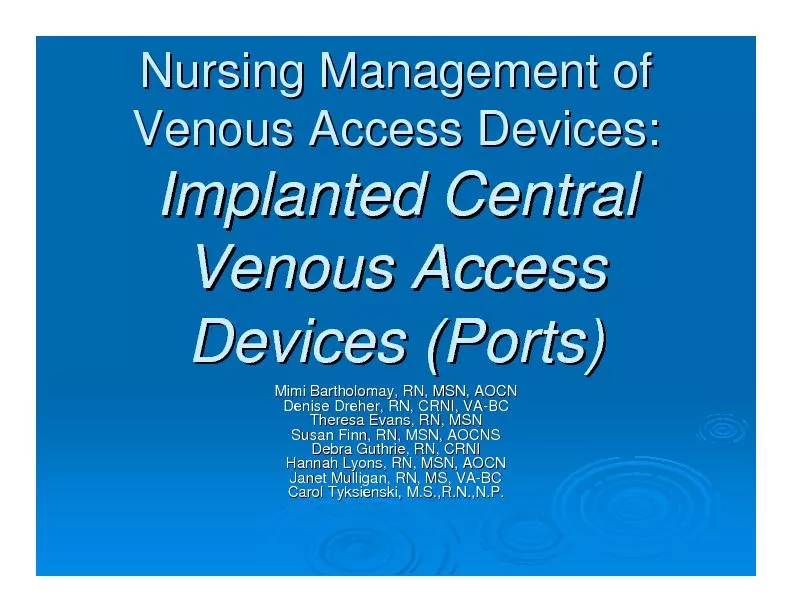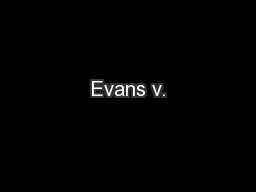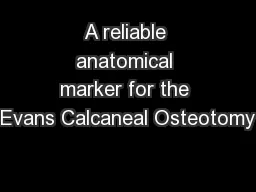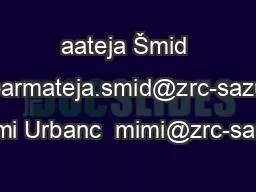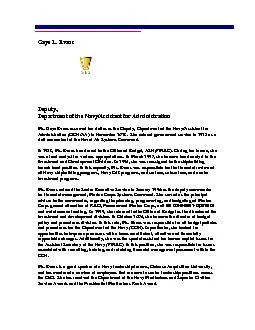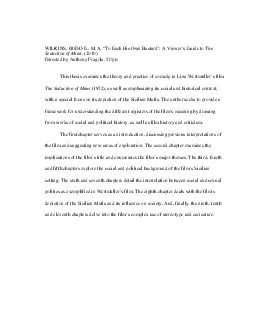PDF-Mimi Bartholomay RN MSN AOCNMimi Bartholomay RN MSN AOCNTheresa Evans
Author : reagan | Published Date : 2021-09-25
Peripheral IV PIVPeripheral IV PIVBenefitsShortterm access up to 96 hours exception is term access up to 96 hours exception is pediatrics no routine replacement
Presentation Embed Code
Download Presentation
Download Presentation The PPT/PDF document "Mimi Bartholomay RN MSN AOCNMimi Barthol..." is the property of its rightful owner. Permission is granted to download and print the materials on this website for personal, non-commercial use only, and to display it on your personal computer provided you do not modify the materials and that you retain all copyright notices contained in the materials. By downloading content from our website, you accept the terms of this agreement.
Mimi Bartholomay RN MSN AOCNMimi Bartholomay RN MSN AOCNTheresa Evans: Transcript
Download Rules Of Document
"Mimi Bartholomay RN MSN AOCNMimi Bartholomay RN MSN AOCNTheresa Evans"The content belongs to its owner. You may download and print it for personal use, without modification, and keep all copyright notices. By downloading, you agree to these terms.
Related Documents

